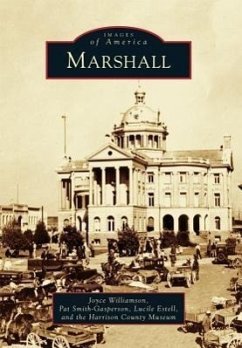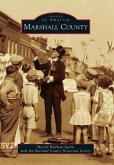Nestled among towering pine trees in East Texas is the city of Marshall. Marshall is closely identified with Caddo Lake, a massive body of water located northeast of the town. According to the Caddo Indians who first inhabited this land, the mysterious lake was formed overnight from an earthquake. Spanish and French explorers sought to claim the land as their own in the 16th century, and American settlers arrived here in about 1830. The city of Marshall was founded in 1842, eventually becoming the county seat of Harrison County. With the arrival of the Texas and Pacific Railroad after the Civil War, Marshall became known as the "Gateway to Texas," and the town prospered. Today education plays an important role in the local economy, and Marshall is the home of Wiley College, East Texas Baptist University, and Texas State Technical Institute. Life in Marshall continues to revolve around the town square, with the majestic, restored courthouse at its center.
Bitte wählen Sie Ihr Anliegen aus.
Rechnungen
Retourenschein anfordern
Bestellstatus
Storno


